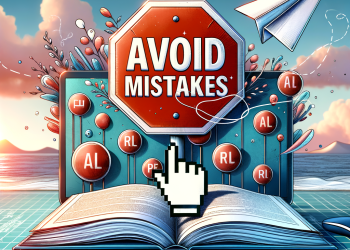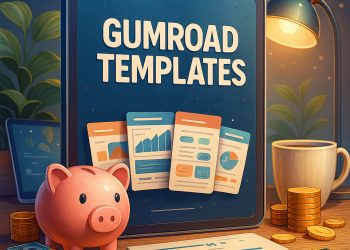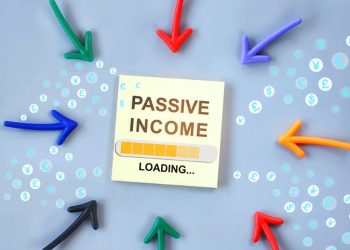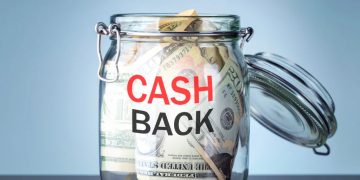The Only Shopify Dropshipping Tutorial You Need in 2025: Ultimate Step-by-Step for Beginners
Dropshipping has become one of the easiest ways to start an online business without holding inventory. In this guide, we’ll break down a complete Shopify dropshipping strategy for 2025, leveraging AI tools, effective product research, and modern marketing techniques. By following these steps, even beginners can build a profitable store and scale it efficiently.
Step 0.5: The Precursor – Learning Before Doing
Before diving in, it’s crucial to understand the basics. Learning while taking action improves retention and practical skills. Create your store alongside tutorials to better grasp how everything works. For deeper learning, consider resources like Zendrop Academy, which offers live coaching and advanced tutorials.
Step 1: Building Your Shopify Store
Understanding Dropshipping
Dropshipping allows you to sell products without managing inventory. When a customer purchases an item, your supplier fulfills the order directly. This makes it a low-risk first business, ideal for beginners.
Using AI to Build Your Store
Instead of building your store manually, AI tools like Storebuild AI can create a professional Shopify store in minutes. These tools preload 10 winning products and a custom-designed Shopify theme optimized for conversions.
Setting Up Shopify
- Create a Shopify account using the basic monthly plan with a free trial.
- Connect your Shopify store to Storebuild AI to automatically generate products and theme layout.
- Publish your store and remove the password to make it live.
Customizing Your Store
Shopify allows easy customization of banners, text, images, colors, and layout. Use the mobile preview to ensure your store looks great on all devices. Small adjustments can significantly improve user experience and conversions.
Step 2: Finding Your Niche and Winning Products
Choosing the Right Niche
Select a niche that balances passion, demand, and profitability. Focus on evergreen products that solve specific problems, avoiding oversaturated markets unless you have a strong unique selling proposition (USP).
Product Research Tools
- TikTok Creative Center: Discover trending products and analyze top-performing ads.
- Facebook Ads Library: Research competitors’ ad campaigns and website layouts.
- Google Trends: Evaluate interest over time and discover related product ideas.
Analyzing Products
Check customer reviews to identify complaints and opportunities for improvement. Use this insight to create better products or enhance your offerings.
Step 3: Product Fulfillment with Zendrop
Setting Up Zendrop
Zendrop handles fulfillment, shipping, and logistics for your dropshipping store. After connecting it to Shopify:
- Browse and import products directly from Zendrop’s catalog.
- Order samples to check quality.
- Enable auto-fulfillment to streamline order processing.
Advanced Features
Zendrop offers AI tools for generating ad copy, custom branding for unboxing experiences, and product sourcing for items not in the catalog. Use their academy for in-depth training and optimization strategies.
Step 4: Marketing Your Store
Email Marketing
Email is one of the highest ROI marketing strategies. Platforms like OmniSend allow you to:
- Create automated campaigns (abandoned cart, promotions, onboarding sequences).
- Use AI-generated content to save time.
- Segment your audience to target relevant groups effectively.
Social Media Marketing
Marketing should be divided into organic and paid strategies:
- Organic: Build Instagram, TikTok, Pinterest, and YouTube pages. Post short-form content, repurpose across platforms, and engage with your audience.
- Paid: Run ads on TikTok, YouTube, Facebook, and Instagram using top-performing organic content. Test campaigns to optimize conversions and ROI.
Step 5: Final Tips and FAQs
Understanding Your Audience
Identify demographics, interests, income levels, and preferences to tailor your products and marketing strategies. Knowing your audience improves conversions and brand loyalty.
Building a Brand
Avoid one-product stores for long-term success. Focus on creating a brand experience with a clear identity, quality products, and a customer-centric approach.
Pricing and Revenue Optimization
Price products to cover marketing costs and maintain profit margins, typically 2.5x–3x the product cost. Increase average order value with upsells, bundles, and promotions.
Consistency and Persistence
Success comes from consistent effort. Volume negates luck—repeated attempts improve your chances of discovering winning products and strategies.
Key FAQs
- Do I need a specific niche? Yes, a focused niche reduces competition and improves your marketing effectiveness.
- Which tools are essential? Shopify, Storebuild AI, Zendrop, OmniSend, and social media platforms.
- Is dropshipping worth it? Absolutely. It’s low-cost, beginner-friendly, and an excellent learning platform for future businesses.
Final Thoughts
Dropshipping in 2025 has never been easier, thanks to AI tools and streamlined fulfillment platforms. By following these five steps—learning fundamentals, building your store, researching products, setting up fulfillment, and executing marketing strategies—you can create a profitable online business. Focus on consistency, audience understanding, and a strong brand experience to ensure long-term success.







































